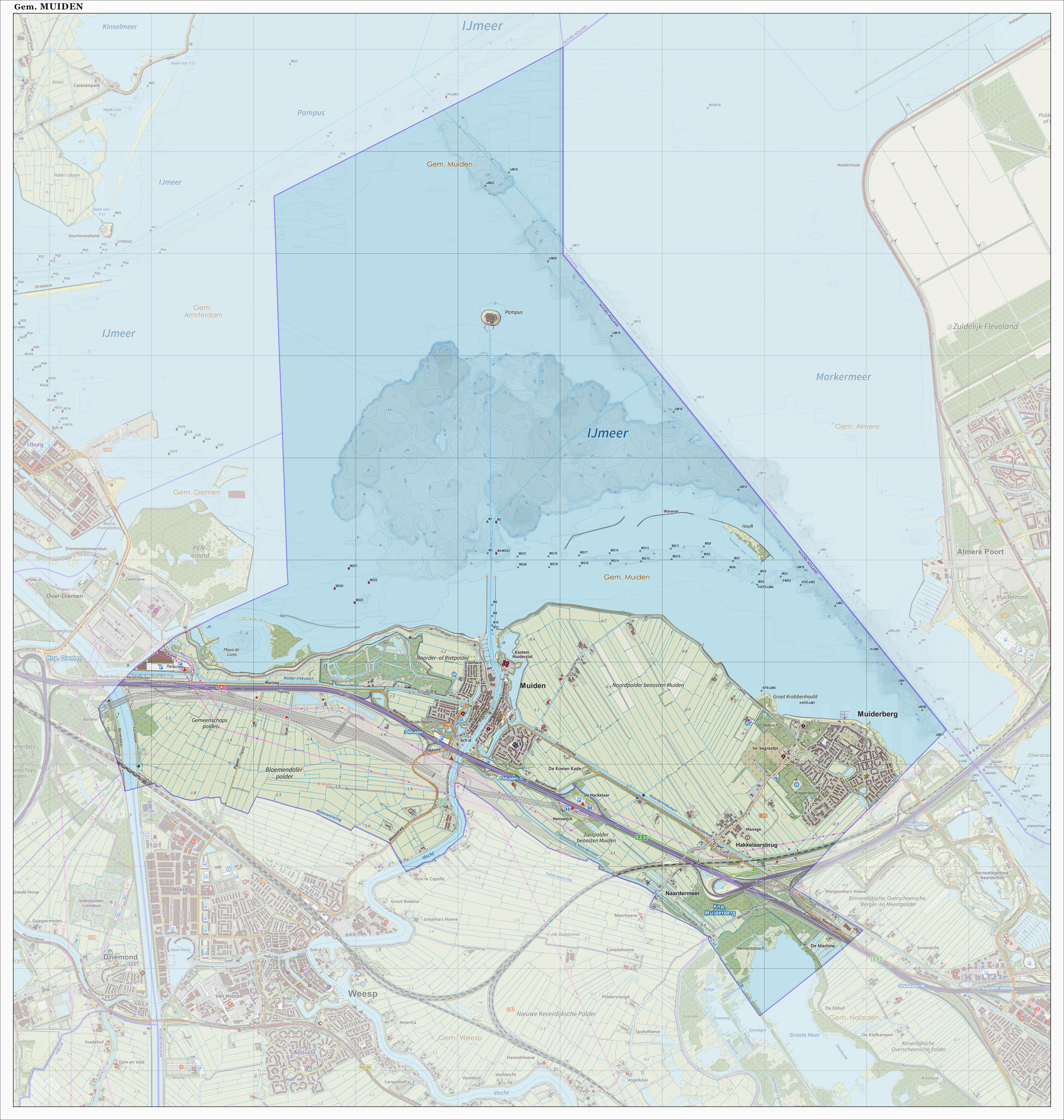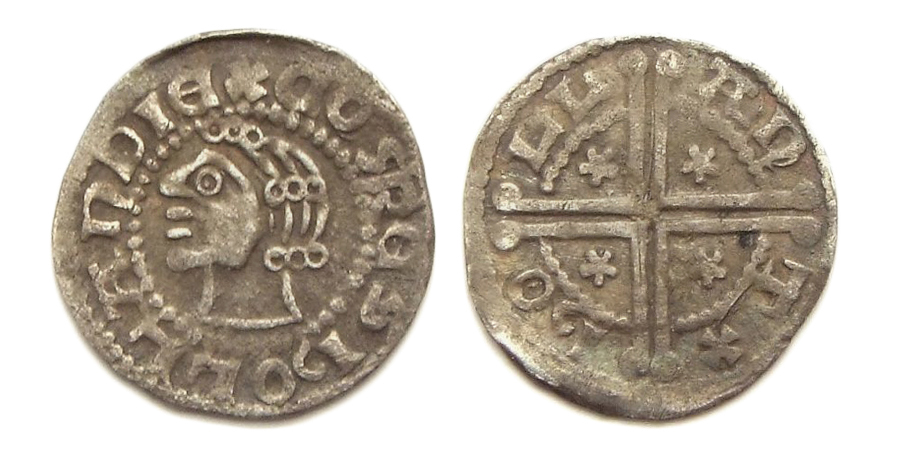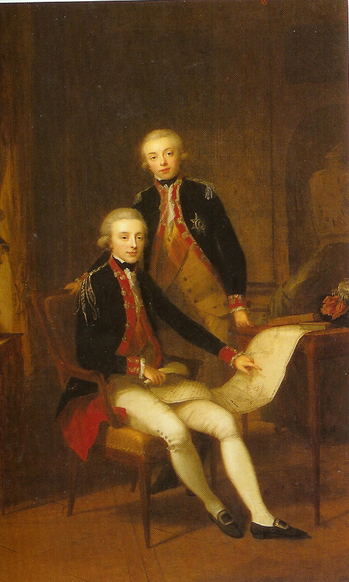|
Muiderslot
Muiden Castle (Dutch: ''Muiderslot'', ) is a castle in the Netherlands, located at the mouth of the Vecht (Utrecht), Vecht river, some 15 kilometers southeast of Amsterdam, in Muiden, where it flows into what used to be the Zuiderzee. It is one of the better known castles in the Netherlands and featured in many television shows set in the Middle Ages. History Floris V The history of Muiden Castle begins with Count Floris V who built a stone castle at the mouth of the river in 1280, when he gained command over an area that used to be part of the Prince-Bishopric of Utrecht, See of Utrecht.A.T.E. Cruysheer, ''Het Muiderslot; een archeologische begeleiding en een historische interpretatie, Jaarboek 2005 van de Archeologische afdeling Naerdincklant'', pp. 48-55 The Vecht river was the trade route to Utrecht (city), Utrecht, one of the most important trade towns of that age. The castle was used to enforce a toll on the traders. It is a relatively small castle, measuring 32 by 35 metres ... [...More Info...] [...Related Items...] OR: [Wikipedia] [Google] [Baidu] |
Muiderslot (Atlas Van Loon)
Muiden Castle (Dutch: ''Muiderslot'', ) is a castle in the Netherlands, located at the mouth of the Vecht river, some 15 kilometers southeast of Amsterdam, in Muiden, where it flows into what used to be the Zuiderzee. It is one of the better known castles in the Netherlands and featured in many television shows set in the Middle Ages. History Floris V The history of Muiden Castle begins with Count Floris V who built a stone castle at the mouth of the river in 1280, when he gained command over an area that used to be part of the See of Utrecht.A.T.E. Cruysheer, ''Het Muiderslot; een archeologische begeleiding en een historische interpretatie, Jaarboek 2005 van de Archeologische afdeling Naerdincklant'', pp. 48-55 The Vecht river was the trade route to Utrecht, one of the most important trade towns of that age. The castle was used to enforce a toll on the traders. It is a relatively small castle, measuring 32 by 35 metres with brick walls well over 1.5 metres thick. A large moat s ... [...More Info...] [...Related Items...] OR: [Wikipedia] [Google] [Baidu] |
Muiden
Muiden () is a city and former municipality in the Netherlands, in the province of North Holland. It lies at the mouth of the Vecht (Utrecht), Vecht and is in an area called the Vechtstreek. Since 2016, Muiden has been part of the new municipality of Gooise Meren. History The first known reference to Muiden is from 953 when Otto I, Holy Roman Emperor, granted the settlement and its toll rights to the Cathedral of Saint Martin, Utrecht. It was called ''Amuda'', meaning "mouth of the (river) A". "A" was the old name for the Vecht (Utrecht), Vecht river. In 1122 Muiden was, together with Utrecht (city), Utrecht, granted some city rights by Emperor Henry V, Holy Roman Emperor, Henry V. After the lands around Muiden were given to Floris V, Count of Holland, Count Floris V, he began building Muiderslot, Muider Castle at the mouth of the Vecht river. Muiden once again received City rights in the Netherlands, city rights in 1296. The first defensive works date from the first half of the ... [...More Info...] [...Related Items...] OR: [Wikipedia] [Google] [Baidu] |
Pieter Corneliszoon Hooft
Pieter Corneliszoon Hooft (; 16 March 158121 May 1647) - Knight in the Order of Saint Michael - was a Dutch historian, poet and playwright who lived during the Dutch Golden Age in literature. Life Pieter Corneliszoon Hooft, often abbreviated to ''P.C. Hooft'' (), was born in Amsterdam as scion of the patrician Hooft family and son of burgemeester (mayor) Cornelis Hooft. He was also uncle to statesmen and burgomasters Cornelis and Andries de Graeff. In 1598, in preparation for his career as a merchant, his father sent him to France and Italy, but Pieter Corneliszoon Hooft was more interested in art and was deeply impressed by the Italian Renaissance.Dautzenberg. J. ''Nederlandse literatuur, geschiedenis, bloemlezing en theorie tot 1916''. Den Bosch: Malmberg, p. 83-88 In 1609, he was appointed bailiff of Muiden and the Gooiland. He founded the Muiderkring, a literary society located at his home, the '' Muiderslot'', the castle of Muiden, in which he got to live due to his ... [...More Info...] [...Related Items...] OR: [Wikipedia] [Google] [Baidu] |
List Of Castles In The Netherlands
This is a list of castles in the Netherlands per province. Overview of castles in the Netherlands Drenthe See also '' List of havezates in Drenthe'' Flevoland Friesland See '' List of stins in Friesland'' Gelderland Groningen See '' List of borgs in Groningen (province)'' Limburg North Brabant North Holland Overijssel South Holland Utrecht See also '' List of manors in Utrecht'' Zeeland See also * List of castles * List of borgs in Groningen (province) * List of havezates in Drenthe * List of manors in Utrecht * List of stins in Friesland * List of castles and châteaux in Belgium *List of castles in France This is a list of castles in France, arranged by Regions of France, region and Departments of France, department. ;Notes: # The French word ''château'' has a wider meaning than the English ''castle'': it includes architectural entities that are p ... * List of castles in Germany * List of castles in Luxembourg References *Helsdingen, H.W. van, ''Gids ... [...More Info...] [...Related Items...] OR: [Wikipedia] [Google] [Baidu] |
Muiderkring
The Muiderkring (Muiden Circle) was the name given to a group of figures in the arts and sciences who regularly met at the Muiderslot, castle of Muiden near Amsterdam during the first half of the 17th century, or the Dutch Golden Age, Golden Age of the Dutch Republic. The central figure of the Muiderkring was the poet Pieter Corneliszoon Hooft; Constantijn Huygens, Dirck Sweelinck, Joost van den Vondel, Vondel, Bredero and the poet sisters Anna Visscher and Maria Tesselschade Visscher were also considered part of the group.Paul Zumthor ''Daily Life in Rembrandt's Holland'' 1994 p218 "Hooft once wrote Maria a long letter consisting entirely of mythological allusions, just to inform her that she had left her slippers at his house. But the Muiden circle was something more than a mere symbol of literary preciosity,.." Some music connected with the circle was recorded by the Utrecht ensemble Camerata Trajectina in 1994. References Muiderkring, Culture of the Netherlands Dutch a ... [...More Info...] [...Related Items...] OR: [Wikipedia] [Google] [Baidu] |
Floris V
Floris V (24 June 1254 – 27 June 1296) reigned as Count of Holland and Zeeland from 1256 until 1296. His life was documented in detail in the Rijmkroniek by Melis Stoke, his chronicler. He is credited with a mostly peaceful reign, modernizing administration, policies beneficial to trade, generally acting in the interests of his peasants at the expense of nobility, and reclaiming land from the sea. His dramatic murder, said by some to have been arranged by King Edward I of England and Guy, Count of Flanders, made him a hero in Holland. Early life Floris was the son of Count William II (1227–1256) and Elisabeth of Brunswick-Lüneburg. His father was slain in 1256 by Frisians when Floris was just two years old. Custody over Floris fell first to his uncle (Floris de Voogd from 1256 to 1258), then to his aunt ( Adelaide of Holland from 1258 to 1263). The fight over custody of Holland culminated in the battle of Reimerswaal on 22 January 1263, where Count Otto II of Gueld ... [...More Info...] [...Related Items...] OR: [Wikipedia] [Google] [Baidu] |
Gerard Van Velsen
Gerard de van Velzen (died 1296) was lord of Beverwijk, Noordwijk, and Velsen. He was the son of Albrecht van Velsen and Hildegonde. He was married to Machteld van Woerden, a sister of Herman VI van Woerden. In 1275, Van Velzen was named schout of Wijk aan Zee. In 1296, Van Velzen conspired with Herman VI van Woerden, Gijsbrecht IV of Amstel, Jan van Kuyk, and Arnold van Benschop to kidnap Floris V, Count of Holland to bring him to trial from the king in Europe. Eventually, together with Van Woerden and Van Amstel, they imprisoned the count in the Muiderslot. After Floris V attempted to escape he accidentally killed the count, stabbing him 20 times. Afterwards he fled to castle Kronenburg near Loenen aan de Vecht. A few days later, he was arrested and brought to Leiden Leiden ( ; ; in English language, English and Archaism, archaic Dutch language, Dutch also Leyden) is a List of cities in the Netherlands by province, city and List of municipalities of the Netherlands, ... [...More Info...] [...Related Items...] OR: [Wikipedia] [Google] [Baidu] |
Herman VI Van Woerden
Herman VI van Woerden ( – after 1303) was a lord of Woerden who was involved in a plot to kidnap of Floris V, Count of Holland. In 1296, he collaborated with Gijsbrecht van Amstel and Gerard van Velsen to take Floris prisoner at Muiden Castle. The incident led to the death of Floris, after which Woerden fled to Brabant. Biography He was the son of Herman V van Woerden and Badeloch Clemeta van Amstel, daughter of Gijsbrecht III van Amstel. It is assumed he became ruler of Woerden after 1252, the last year that his father was mentioned. He pledged his loyalty to the bishop of Utrecht as his father had done before him, but he nonetheless desired to expand his territory. In the 1280s, the lands between the County of Holland and the Bishopric of Utrecht were sold to Floris V, Count of Holland. These lands included Woerden, which made Van Woerden a vassal of the Count of Holland. Van Woerden was not happy with this, and several conflicts followed. In 1288, the Count of ... [...More Info...] [...Related Items...] OR: [Wikipedia] [Google] [Baidu] |
Buildings And Structures In Gooise Meren
A building or edifice is an enclosed Structure#Load-bearing, structure with a roof, walls and window, windows, usually standing permanently in one place, such as a house or factory. Buildings come in a variety of sizes, shapes, and functions, and have been adapted throughout history for numerous factors, from building materials available, to weather conditions, land prices, ground conditions, specific uses, monument, prestige, and aesthetic reasons. To better understand the concept, see ''Nonbuilding structure'' for contrast. Buildings serve several societal needs – occupancy, primarily as shelter from weather, security, living space, privacy, to store belongings, and to comfortably live and work. A building as a shelter represents a physical separation of the :Human habitats, human habitat (a place of comfort and safety) from the ''outside'' (a place that may be harsh and harmful at times). buildings have been objects or canvasses of much architecture, artistic expression. ... [...More Info...] [...Related Items...] OR: [Wikipedia] [Google] [Baidu] |
William I Of The Netherlands
William I (Willem Frederik; 24 August 1772 – 12 December 1843) was King of the Netherlands and List of monarchs of Luxembourg, Grand Duke of Luxembourg from 1815 until his abdication in 1840. Born as the son of William V, Prince of Orange, the last stadtholder of the Dutch Republic, and Wilhelmina of Prussia, Princess of Orange, Wilhelmina of Prussia, William experienced significant political upheavals early in life. He fought against the French invasion during the Low Countries theatre of the War of the First Coalition, Flanders campaign, and after the Batavian Revolution in 1795, his family went into exile. He briefly ruled the Principality of Nassau-Orange-Fulda before Napoleon's French troops' occupation forced him out of power. Following the defeat of Napoleon in 1814, William was invited back to the Netherlands, where he proclaimed himself Sovereign Prince of the United Netherlands. In 1815, William raised the Netherlands to a kingdom and concurrently became the gran ... [...More Info...] [...Related Items...] OR: [Wikipedia] [Google] [Baidu] |
Castles In North Holland
A castle is a type of fortification, fortified structure built during the Middle Ages predominantly by the nobility or royalty and by Military order (monastic society), military orders. Scholars usually consider a ''castle'' to be the private fortified house, fortified residence of a lord or noble. This is distinct from a mansion, palace, and villa, whose main purpose was exclusively for ''pleasance'' and are not primarily fortresses but may be fortified. Use of the term has varied over time and, sometimes, has also been applied to structures such as hill forts and 19th- and 20th-century homes built to resemble castles. Over the Middle Ages, when genuine castles were built, they took on a great many forms with many different features, although some, such as curtain wall (fortification), curtain walls, arrowslits, and portcullises, were commonplace. European-style castles originated in the 9th and 10th centuries after the fall of the Carolingian Empire, which resulted ... [...More Info...] [...Related Items...] OR: [Wikipedia] [Google] [Baidu] |








